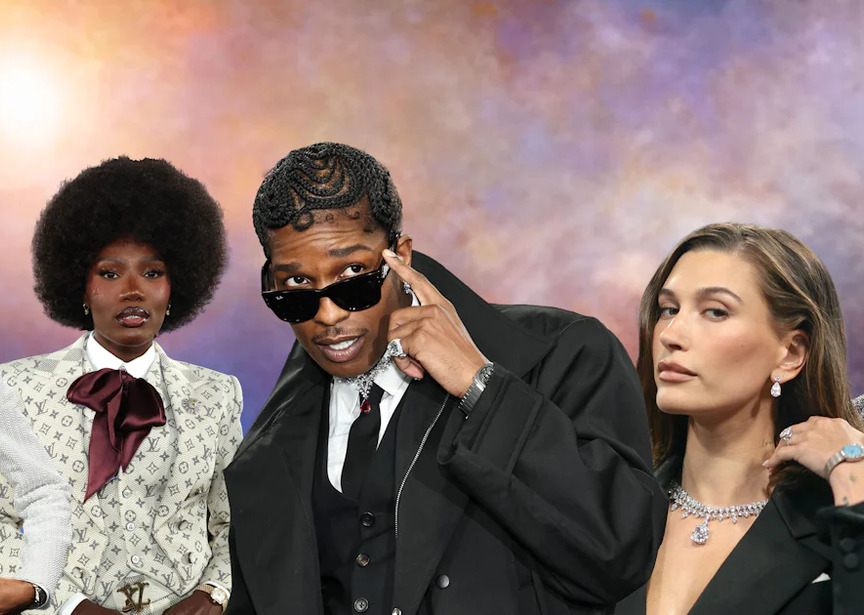
Once a velvet-rope soirée for Manhattan's moneyed crowd, the Met Gala has mutated into fashion's most unhinged carnival—a place where outfits scream and Twitter fingers scream louder. But this year, beneath the diamond-dusted surface, something far richer pulsed through the museum's halls: a reckoning with identity, woven stitch by stitch into the very fabric of the evening.
The gala danced in lockstep with an exhibition dissecting Black dandyism—a sartorial rebellion masquerading as mere elegance. Imagine Frederick Douglass' 19th-century tailcoat (his original "power suit") sharing air with Virgil Abloh's kente-cloth-trimmed Louis Vuitton. These weren't just garments; they were armor polished to a mirror shine, each thread a silent protest against erasure.
Monica L. Miller's curation revealed the open secret: when society denies your humanity, dressing becomes diplomacy. The Black dandy's cravat tied too tight? A noose refused. Patent leather shoes gleaming like obsidian? Mirrors forcing the world to finally see.
Amidst the couture tornado, horology played its part—not as mere accessory, but as heirloom and declaration. Consider:
These weren't trophies, but tiny ticking manifestos strapped to wrists—each complication a chapter in an unspoken autobiography.
While Instagram dissects hemlines, the real story lingers in the museum's shadowy corners. That Audemars on Simone Biles' wrist? More than luxury—it's the modern equivalent of Douglass' non-prescription spectacles (the OG "cool glasses"). Both say: I exist, I excel, and I'll refract your gaze right back at you.
The gala's glitter will fade. But the exhibition—and the watches that echoed its spirit—whisper something permanent: style was never just about beauty. It's about survival, written in silk and steel.



















